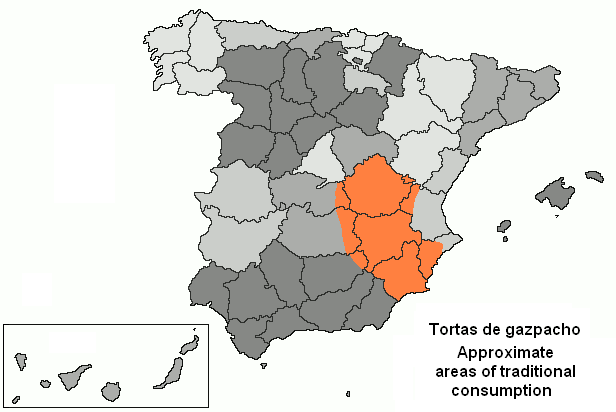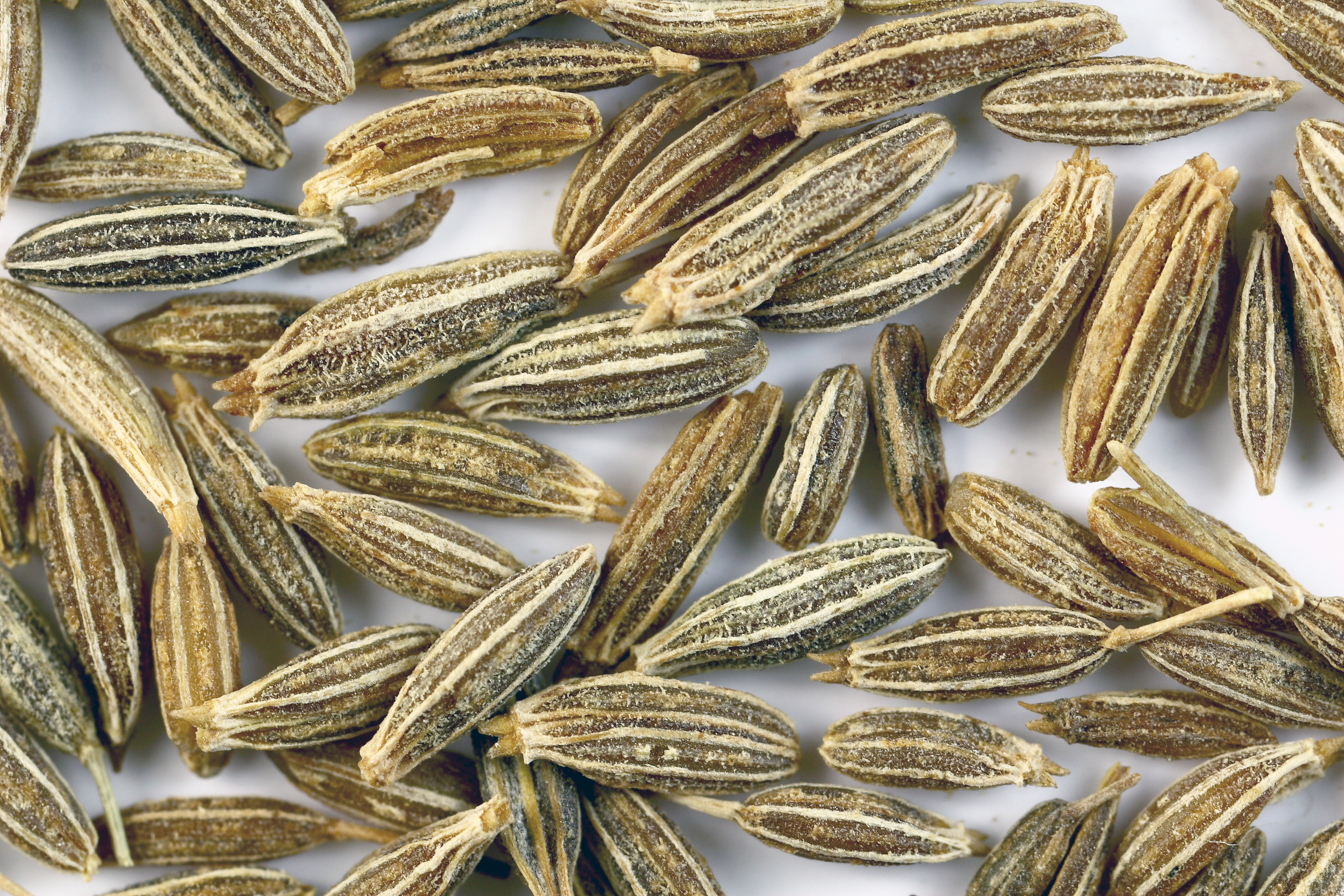|
Chakhchoukha
Chakhchoukha or chekhechoukha ( ar, شخشوخة) is a dish of Algerian cuisine, eaten often on festive celebrations, especially popular in the Aurès region. The dish consists of small pieces of ''rougag'' (thin round flatbread) mixed with ''marqa'', a stew. Description Chakhchoukha is an originally Chaoui culinary specialty that has now extended to other parts of Algeria. The word ''chakhchoukha'' comes from ''tacherchert'', "crumbing" or "tearing into small pieces" in the Chaouia language. Preparation The ''rougag'' or flat bread is made with fine semolina and, after baking, is torn by hand into small pieces. When eating in individual plates, about two handfuls are put in the plate and then the sauce or stew is poured on top. The ''marqa'' or stew consists of diced lamb cooked with spices, tomatoes, chopped onions and chick peas. Often potatoes, zucchini, carrots and green peppers are added to the mixture depending on the season, the area and the family. The main spic ... [...More Info...] [...Related Items...] OR: [Wikipedia] [Google] [Baidu] |
Algeria
) , image_map = Algeria (centered orthographic projection).svg , map_caption = , image_map2 = , capital = Algiers , coordinates = , largest_city = capital , religion = , official_languages = , languages_type = Other languages , languages = Algerian Arabic (Darja)French , ethnic_groups = , demonym = Algerian , government_type = Unitary semi-presidential republic , leader_title1 = President , leader_name1 = Abdelmadjid Tebboune , leader_title2 = Prime Minister , leader_name2 = Aymen Benabderrahmane , leader_title3 = Council President , leader_name3 = Salah Goudjil , leader_title4 = Assembly President , leader_name4 = Ibrahim Boughali , legislature = Parliament , upper_house = Council of the Nation , lowe ... [...More Info...] [...Related Items...] OR: [Wikipedia] [Google] [Baidu] |
Algerian Cuisine
The cuisine of Algeria is influenced by Algeria's interactions and exchanges with other cultures and nations over the centuries. It is characterized by a wealth derived from both land and sea products. Conquests or demographic movement towards the Algerian territory were two of the main factors of exchanges between the different peoples and cultures ( Berbers, Arabs, Turks, Andalusians, French, and Spaniards). This cuisine is a Mediterranean and North African cuisine with Berber roots. Algerian cuisine offers a variety of dishes depending on the region and the season, but vegetables and cereals remain at its core. Most of the Algerian dishes are centered around bread, meats (lamb, beef or poultry), olive oil, vegetables, and fresh herbs. Vegetables are often used for salads, soups, tajines, couscous, and sauce-based dishes. Of all the Algerian traditional dishes available, the most famous one is couscous, recognized as a national dish. Ingredients Algeria, like other Mag ... [...More Info...] [...Related Items...] OR: [Wikipedia] [Google] [Baidu] |
Torta De Gazpacho
Torta de gazpacho is a type of torta, or flat bread, used to prepare a dish called ''gazpacho'' or ''gazpacho manchego'' in La Mancha and Southeast Spain, including Murcia and parts of the autonomous community of Valencia. A ''torta de gazpacho'', also known as ''torta de Pastor'', is a flat and round bread made with wheat flour without yeast. Along with the gachas the ''tortas de gazpacho'' are a very ancient Iberian staple food preparation. Traditionally Manchega women used to bake their own ''tortas'' at home, but now a commercial type of ''torta de gazpacho'' is produced in La Roda under the name ''"torta cenceña"''. To prepare ''gazpachos'' the flat bread is torn or cut into small pieces and mixed with a somewhat liquid stew in order to prepare a warm dish. This dish originated in the hearty food shepherds needed when they came back home on cold winter nights. It is traditional to serve this dish by placing the pan or large plate in the middle and all the guest ... [...More Info...] [...Related Items...] OR: [Wikipedia] [Google] [Baidu] |
Bell Pepper
The bell pepper (also known as paprika, sweet pepper, pepper, or capsicum ) is the fruit of plants in the Grossum Group of the species ''Capsicum annuum''. Cultivars of the plant produce fruits in different colors, including red, yellow, orange, green, white, chocolate, candy cane striped, and purple. Bell peppers are sometimes grouped with less pungent chili varieties as "sweet peppers". While they are fruits— botanically classified as berries—they are commonly used as a vegetable ingredient or side dish. Other varieties of the genus ''Capsicum'' are categorized as ''chili peppers'' when they are cultivated for their pungency, including some varieties of ''Capsicum annuum''. Peppers are native to Mexico, Central America, and northern South America. Pepper seeds were imported to Spain in 1493 and then spread through Europe and Asia. The mild bell pepper cultivar was developed in the 1920s, in Szeged, Hungary. Preferred growing conditions for bell peppers include warm, mo ... [...More Info...] [...Related Items...] OR: [Wikipedia] [Google] [Baidu] |
Arab Cuisine
Arab cuisine ( ar, المطبخ العربي) is the cuisine of the Arabs, defined as the various regional cuisines spanning the Arab world, from the Maghreb to the Fertile Crescent and the Arabian Peninsula. These cuisines are centuries old and reflect the culture of trading in baharat (spices), herbs, and foods. The regions have many similarities, but also unique traditions. They have also been influenced by climate, cultivation, and mutual commerce. Medieval cuisine Breads The white bread was made with high-quality wheat flour, similar to bread but thicker, the fermented dough was leavened usually with yeast and "baker's borax" () and baked in a ''tandoor''. One poetic verse describing this bread: "In the farthest end of Karkh of Baghdad, a baker I saw offering bread, splendidly marvelous. From purest essence of wheat contrived. Radiant and absolute, you may see your image reflected, crystal clear. rounds glowing with lovely whiteness, more playful than gorgeous singing g ... [...More Info...] [...Related Items...] OR: [Wikipedia] [Google] [Baidu] |
List Of African Dishes
There is a list of dishes found in African cuisine, a generalized term collectively referring to the cuisines of Africa. The continent of Africa is the second-largest landmass on Earth, and is home to hundreds of different cultural and Ethnic group, ethnic groups. This wikt:diversity, diversity is also reflected in the many local culinary traditions in choice of ingredients, style of preparation, and Cooking, cooking techniques. African dishes } ''salat turki''). , - , Matoke , , Uganda , A meal consisting of steamed green Plantain (cooking), banana (or Plantain (cooking), plantain) and is one of the national dishes of Uganda. , - , Mbongo Tchobi , , Cameroon , A black soup made from the burnt mbongo spice, usually cooked with meat or fish and served with steamed ripe plantains. , - , Méchoui , , North Africa, Cameroon , A whole sheep or a lamb spit roasted on a barbecue. It is popular in North Africa and among the Bamileke people of Cameroon. , - , Melktert , ... [...More Info...] [...Related Items...] OR: [Wikipedia] [Google] [Baidu] |
List Of Middle Eastern Dishes
This is a list of dishes found in Middle Eastern cuisine, a generalized term collectively referring to the cuisines of the Middle East and the Maghreb region. The Middle East is home to numerous different cultural and ethnic groups. This diversity is also reflected in the many local culinary traditions in choice of ingredients, style of preparation, and cooking techniques. Middle Eastern dishes } ''salat turki''). , - , Méchoui , , North Africa, Cameroon , A whole sheep or a lamb spit roasted on a barbecue. It is popular in North Africa and among the Bamileke people of Cameroon. , - , Merguez , , North Africa , A very spicy, red sausage of mutton or beef. , - , Mesfouf , , Tunisia , Similar to couscous, with butter added. , - , Mrouzia , , Morocco , Sweet and salty tajine with honey, cinnamon and almonds. , - , Msemen , , Maghreb , Traditional pancakes in Maghreb. These pancakes are usually used as an accompaniment to a cup of aromatic morning mint t ... [...More Info...] [...Related Items...] OR: [Wikipedia] [Google] [Baidu] |
Biskra
Biskra ( ar, بسكرة ; ; Latin Vescera) is the capital city of Biskra Province, Algeria. In 2007, its population was recorded as 307,987. Biskra is located in northeastern Algeria, about 248 miles (400 km) from Algiers, 71 miles (115 km) southwest of Batna and 137 miles (222 km) north of Touggourt. It is nicknamed "The Queen of the Zibans", "The Door of the Desert" or "The Saharan Nice" because of its location at the beginning of the Sahara Desert. Due to its geographical location, its climate and natural resources, particularly farming, Biskra has always been a hub and a crossroad between the cities in the north and south. It has seen the passage of several civilizations, from the Romans and the Arabs to the French. In 1844, Biskra became a French garrison, which saw fighting during rebellions in 1849 and 1871. Currently the city of Biskra has 28 neighborhoods, including the three principal neighborhoods of, Korra, City 60 Logements, and Equipment Zones. ... [...More Info...] [...Related Items...] OR: [Wikipedia] [Google] [Baidu] |
M'Sila
M'sila (also spelled Msila) ( ar, المسيلة); is the capital of M'Sila Province, Algeria, and is co-extensive with M'sila District. It has a population of 132,975 as per the 2008 census. M'sila University is also located in this city. History M'sila was the location of the first village constructed as part of a government-run program to transition nomadic Algerians to sedentary life using local materials. The village, now complete, was dubbed Maader and consists of houses, public and trading areas, and a mosque. Today it is much more developed with many companies, business offices, religious centers and schools. Climate M'sila has a cold semi-arid climate (Köppen climate classification The Köppen climate classification is one of the most widely used climate classification systems. It was first published by German-Russian climatologist Wladimir Köppen (1846–1940) in 1884, with several later modifications by Köppen, notabl ... ''BSk''). Rainfall is higher in winte ... [...More Info...] [...Related Items...] OR: [Wikipedia] [Google] [Baidu] |
Barika
Barika ( ar, بريكة) is a city in Batna Province, in Eastern Algeria ) , image_map = Algeria (centered orthographic projection).svg , map_caption = , image_map2 = , capital = Algiers , coordinates = , largest_city = capital , religi .... The city has a population of 144,547 (2005 estimates). Demographics Notes {{Batna Province Communes of Batna Province Cities in Algeria ... [...More Info...] [...Related Items...] OR: [Wikipedia] [Google] [Baidu] |
Batna, Algeria
Batna ( ar, باتنة, Latn, ar, Bātnah) is the main city and commune of Batna Province, Algeria. With a population of 290,645 (2008 census) it is the fifth largest city in Algeria. It is also one of the principal cities of the Chaoui area and is considered the capital of Aurès. History The first solid foundations (a military encampment) of the city were erected by a French garrison in 1844, with a strategic mission to create a permanently guarded access point for the main Sahara road. Batna's geographical location offers a natural break through the Atlas Mountains. The Romans did not detect this passage in their early invasion phase. The ancient cities of Timgad and Lambese, built around the first century CE, are living examples of the importance that the Romans gave to commercial control over the region. Signature and proclamation of the Algerian revolution Batna The inhabitants of the city revolted against the French authorities at the beginning of colonization. ... [...More Info...] [...Related Items...] OR: [Wikipedia] [Google] [Baidu] |
Cumin
Cumin ( or , or Article title ) (''Cuminum cyminum'') is a in the , native to the . Its seeds – each one contained within a fruit, which is dried – are used in the cuisines of many c ... [...More Info...] [...Related Items...] OR: [Wikipedia] [Google] [Baidu] |





